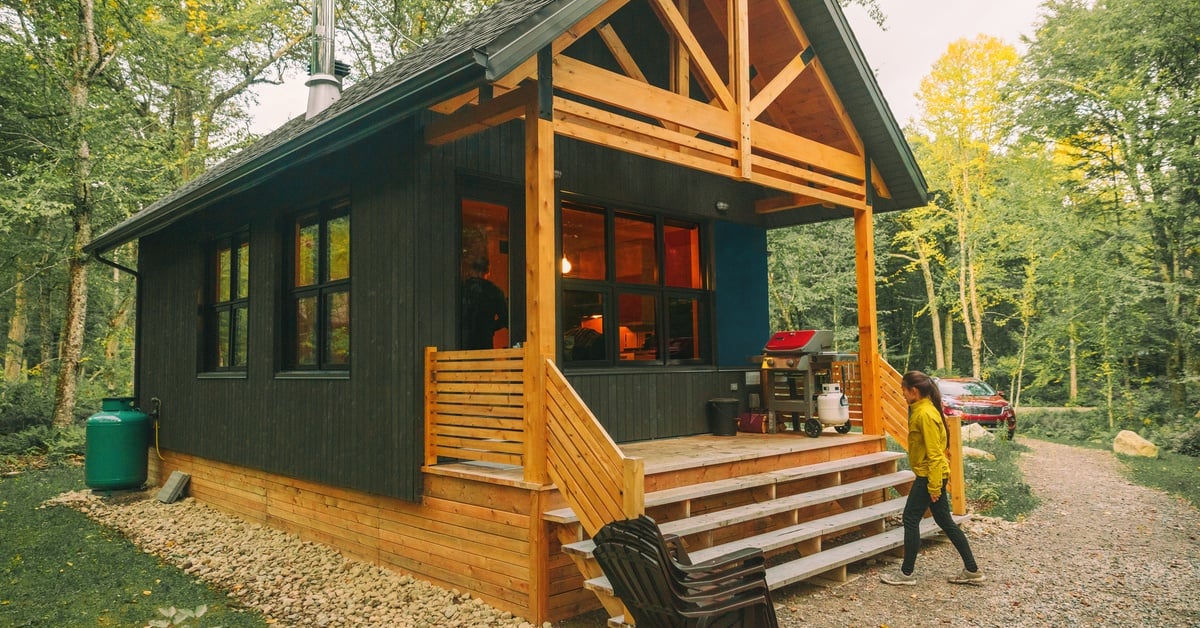Most Profitable Types of Real Estate Investments
June 18, 2025 6:56 am PST

Investing in real estate is one of the most effective ways to build long-term wealth with minimal time commitment. Over the years, the market has evolved, providing more opportunities for investors of all levels. However, not all investments are the same, and learning about the most profitable types of real estate investments is essential for making informed decisions.
From residential properties to specialized niches, the diversity in this field ensures there’s something suitable for everyone’s investment goals. The profitability of real estate doesn’t solely depend on good timing or luck. It calls for comprehensive research, market awareness, and strategic decision-making.
For individuals seeking to maximize their returns, exploring various types of real estate is vital. With key elements such as location and demand influencing success, certain asset classes continually produce impressive results.
Residential Properties
Residential real estate is one of the most common and profitable investment options worldwide. This market caters to a fundamental human need, housing, which ensures consistent demand across different economic conditions. Due to market stability and relatively lower risks, residential properties attract seasoned investors and beginners.
Investing in single-family homes or duplexes through buy-and-hold strategies has proven to offer reliable income streams. These properties can generate rental income or provide substantial capital appreciation over time. For first-time investors, entering this segment offers a better understanding of the industry.
Commercial Real Estate
Commercial properties have always been highly profitable due to their cash-flow potential. These include office buildings, retail spaces, and industrial facilities, often leased to businesses. The income streams from these assets are typically higher than those from residential properties, resulting in higher returns on investment.
The value of commercial real estate significantly increases when located in high-demand markets. Investors frequently seek opportunities near thriving business hubs to capitalize on commerce and foot traffic. Professional leases in commercial spaces are typically long-term, offering stable and predictable revenue streams.
Vacation Rentals

Vacation rentals have gained enormous popularity due to travel demand and platforms like Airbnb and Vrbo. Properties in tourist-heavy locations can yield substantial profits during peak travel seasons. These rentals serve as short-term lodgings, allowing owners to maximize flexibility when pricing daily or weekly rates.
For maximum returns, maintaining properties in areas with high occupancy rates is essential. Investing in vacation rentals near beaches or historic sites can yield profitable outcomes. Marketing and maintaining an appealing interior design allow these properties to stand out to potential renters.
Real Estate Investment Trusts (REITs)
For passive investors, real estate investment trusts (REITs) offer an accessible way to gain exposure. REITs allow individuals to invest in real estate markets without owning physical property themselves. These vehicles pool capital from multiple investors to acquire income-generating assets.
Publicly traded REITs often produce dividends while providing liquidity, making them a favored option for many. Given the diverse portfolios of REITs, individuals can invest in a range of properties, including commercial, residential, and industrial. Professional teams typically manage these platforms, reducing the burdens of property management.
Multifamily Properties
Multifamily real estate is popular for generating higher income than single-family homes. These properties include duplexes, fourplexes, and larger apartment complexes rented out to multiple tenants. By diversifying rental income across several units, vacancy risks become manageable.
Attractive financing options often make multifamily real estate an accessible investment choice for individuals. These properties thrive in metropolitan areas with widespread demand for affordable housing solutions.
Raw Land Investments

Investing in raw land offers unique potential for high returns, depending on location and future uses. Raw land doesn’t generate rental income immediately; however, its appreciation potential can be significant with time. Investors often buy land with plans to develop, lease, or hold for future resale.
Purchasing undeveloped parcels often provides opportunities for residential, commercial, or agricultural development. A catalog of land for sale in New Mexico or other areas with high development potential can provide lucrative opportunities. Strategic purchases in regions with growth can result in an impressive return on investment.
Storage Facilities
Self-storage units have become an increasingly profitable niche in real estate investments over recent years. These facilities cater to individuals or businesses needing temporary or long-term storage solutions. Ongoing urbanization and downsizing trends have generated consistent demand for this asset class.
Storage facility investments require low construction and maintenance costs, making them viable even for small-scale investors. Geographic location greatly impacts returns, as densely populated areas generate steady rental income. Many facilities operate electronically, requiring minimal staffing and management expenses.
Mixed-Use Developments
Mixed-use developments combine multiple asset types, such as residential, commercial, and retail spaces, into one project. These innovative properties offer diversified income sources while integrating community living and functionality. Mixed-use projects thrive in urban areas with growing populations.
The seamless blending of residential and commercial aspects reduces investment risks and maximizes potential. Tenants prefer the convenience of living, working, and shopping in interconnected spaces. For developers, these properties provide opportunities to meet the rising demand for sustainable and convenient lifestyles.
Industrial Properties
Industrial real estate continues to gain momentum due to the rapid expansion of e-commerce and logistics. These properties serve purposes like warehousing, manufacturing, or distribution, making them vital for global trade. With increasing digital sales, demand for warehousing space remains solid.
Leases for industrial properties are often long-term, offering a steady income. Key factors include proximity to transportation hubs and infrastructure essential for swift operations. The low vacancy rates seen in industrial properties enhance investor confidence in the sector.
Real Estate Flipping
Flipping properties, or purchasing undervalued homes to renovate and resell, remains a highly lucrative approach. This strategy capitalizes on quick profits generated by increased property values following renovations. Timing and market insight play critical roles in ensuring profitability.
Investors operating in high-demand neighborhoods can turn a substantial profit after completing tailored renovations. While cost estimations and market research are important, flipping remains alluring due to its fast-paced nature. Skillful budgeting and hiring expert contractors with relevant experience can lead to even higher success.
The most profitable types of real estate investments are those that align with the investor’s goals, expertise, and market knowledge. From the reliable returns of rental properties to the high-reward potential of house flipping, real estate offers a variety of profitable avenues to cater to diverse strategies and risks.
Commercial real estate, vacation rentals, and real estate investment trusts (REITs) all present unique opportunities to generate wealth while leveraging market demand, location advantages, and economic trends. Success depends on thorough research, strategic planning, and adaptability to market dynamics, as well as the patience needed to realize long-term gains.

